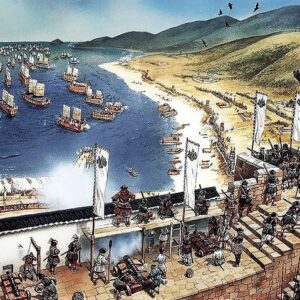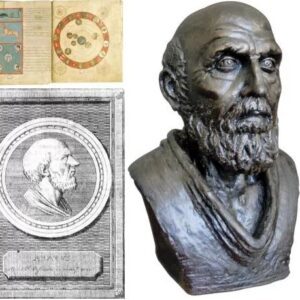How did ancient people transport the massive stones used to build Stonehenge from a distance of over 200km? This is one of the great mysteries of Stonehenge that modern-day scientists are constantly trying to uncover.
A recent study by scientists has shown that ancient people may have relied on a rather common and surprising kitchen ingredient: pig fat, to move blocks of stone weighing tens of tons.
According to a recent report by Yahoo News, scientists at the University of Newcastle believe that pig fat was used to lubricate the giant wooden sledges that pulled the stones of Stonehenge into position.
Previously, archaeologists believed that the traces of fat on pottery fragments found at the Durrington Walls site near Stonehenge were related to the food sources that sustained the monument builders.

However, according to their latest research, Dr. Lisa-Marie Shillito, Senior Lecturer in Archaeology at the University of Newcastle, said:
“I was interested in the sheer amount of animal fat that was sticking to the pottery and preserved under very good conditions. I wanted to know more about why there was so much of it. The bones we excavated here at Durrington Walls show that many pigs were cooked in the open air and then eaten, rather than being chopped up and boiled in pots.”
After re-analyzing the pottery vessels that previous researchers believed were used for cooking, Dr. Lisa-Marie Shillito concluded that many of the vessels could have been used to collect the fat that dripped from the pigs when they were slaughtered, and the fat would then be stored as lard or animal fat and used to lubricate the sledges that most archaeologists believe were used to move the stone blocks.
“Until now, scientists have mainly believed that animal fat residue in pottery fragments was related to cooking and eating. That has led many initial assumptions astray. However, there are still many unanswered questions and these traces may provide evidence for the hypothesis of using fat to lubricate the sledges,” Dr. Shillito said.
The theory of using lubricated sledges for transportation has also been corroborated by studies of the construction of structures by other independently developed ancient civilizations. Descriptions from ancient China and Egypt also suggest that workers may have used a liquid lubricant like animal fat to move large stone blocks.






